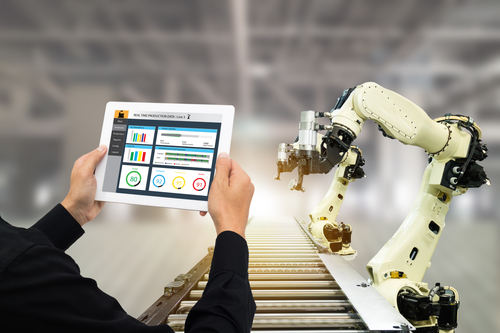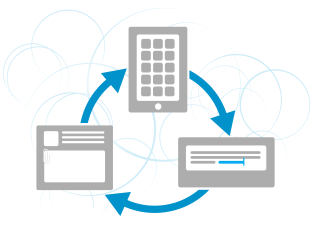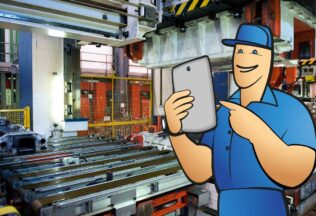Choosing the Best MRP Software for Your Business
Manufacturing Resource Planning or MRP II refers to the manner by which resources are effectively planned and executed to ensure that optimum manufacturing goals are met. It answers conditional, “what if” inquiries and addresses

Business owners often mistake MRP as a fully automated method of managing production, when in fact it is a systematic approach. It combines such factors, as human and financial resources, sourcing, scheduling, planning, supply/demand levels and more. Today this is all can be done through a specially designed piece of
Basic Characteristics and Features of MRP software

In general, a well-designed MRP application should effectively help to manage human, production and financial resources. In reality, not all of the products being offered on the market as MRP solutions are corresponding to this criteria.
Business owners who plan to implement an automated MRP system into their business should bear in mind that there are different programs out there for this to accomplish. Although MRP principles can be used in traditional records keeping, it is impossible for a manufacturing company to implement planning, inventory control, and scheduling without the use of a computer. The best option is to automate all the tasks.
Entrepreneurs have the option of developing their own MRP software solution, or purchase a licensed MRP program from a reputable developer. By nature, MRP software applications are modular in structure. The main characteristics found across all computerized MRP programs are:
- Shop Floor Control
- Cost Reporting
- Management Control
- Master Production Schedule
- Capacity requirements planning
- Standard Costing
- Item Master Data
- Bill of Materials
- Purchasing Management
- Materials requirement planning
- Production resources data
- Inventory control
Auxiliary features that can be added on top of crucial MRP software elements are:
- Finite capacity scheduling
- Business planning
- Sales analysis and forecasting
- Lot traceability
- Shop floor data collection
- Contract management
- Configuration management
- Tool management
- Engineering change control
- Technical records
- Estimation
- General ledger
- Sales order management
- Accounts payable or purchase ledger
- Project management
- Distribution requirements planning
- Computer-aided design
- Automated warehouse management
List of of MRPeasy features can be found here.
These elements are usually packaged as modules and are integrated together in one database system. Some providers offer software as a single installation on the PC, other use a more easier and versatile approach of hosting software for you, so you only need access to the Internet.
Employees can use these consolidated data in formulation of decisions that evolve around control and management of raw materials, delivery of orders, and elementary scheduling. The free exchange of information facilitates efficient operation within a manufacturing company.
The latest versions of the MRP system software are very different from that of the point-solution approach wherein individual systems are launched with the goal of helping officers in higher management to control production steps separately from one another, as it was in the beginning.
MRP application
Different software for different clients

Finding the best MRP system for your business will depend on a number of factors. The main of which is the size and the scale of your business, and the future plans for growth.
Big companies can allow themselves to spend hundreds of thousands of dollars and from half a year to several years to fully integrate their operations into an automated MRP system. They also have a dedicated staff of hundreds of employees just supporting the work of the software. Because of size and complexity of their operation, big companies usually opt for the most expensive option, which include much more modules, than a small company will ever need. Smaller companies are looking for cheaper and easier solutions.
The only difference between solutions is the added features that business owners may want to implement as part of their management strategy. Some companies may need the added function of lot tracking in the production of regulated products such as medicine and nutritional supplements. Consequently, there will be companies that can do away without other MRP core and auxiliary elements. For example, a glassware company may start operations with just a few raw materials, components, and machinery. This means that they may not find the need to implement complex material planning as part of their MRP II strategy.
Conclusion
Cheap, traditional, non-computerized systems are unreliable as information typed in may not be regularly updated, thus leading to more errors in various aspects of manufacturing, sales, marketing, and customer service too.
Although finding the software solution that would be perfect for your manufacturing operations might be not that easy, it is well worth it at the end. The accuracy of data, speed and planning capabilities that you will be able to get will give you a real competitive advantage over the long run.



